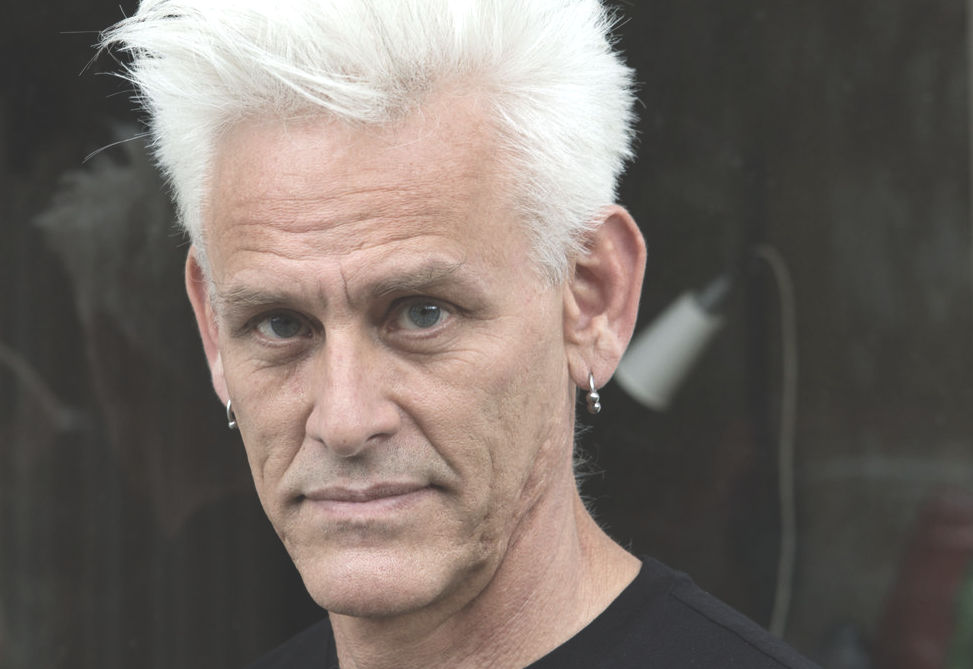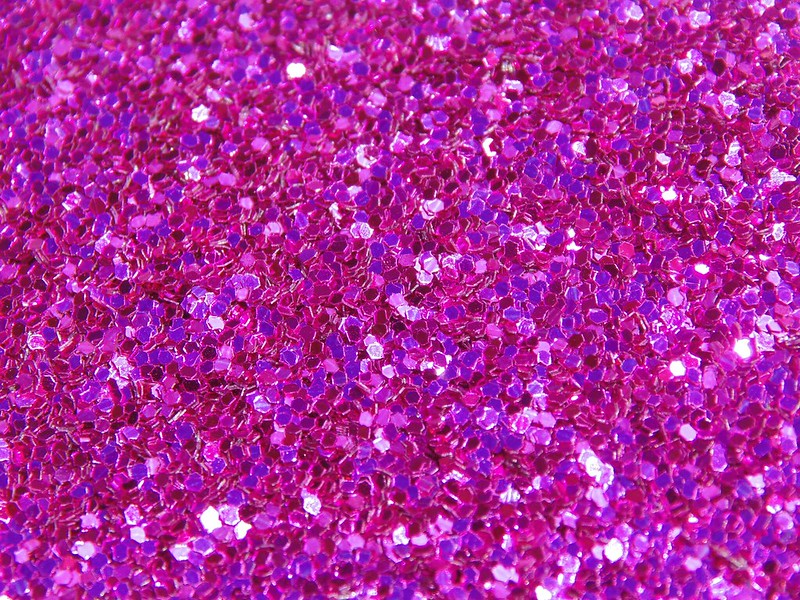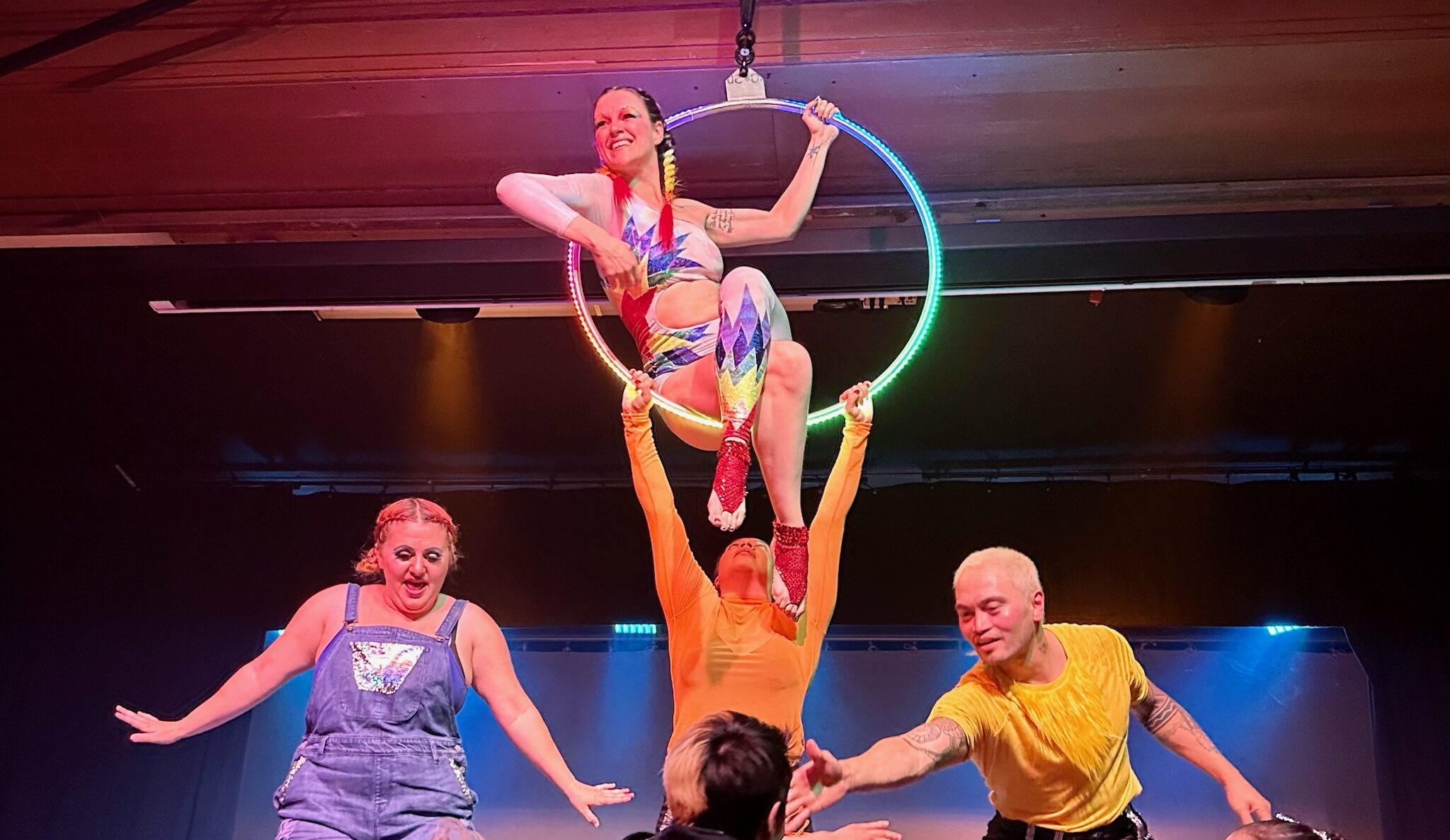Inverse worlds, similar dialogue.
It wasn’t until I was living in the redwoods that I noticed something was off. Amidst bluegrass festivals and chants to “save the trees!”, there was a curious trend in the crowds.
Surrounded by pale faces throughout my peregrination of environmental work, my fervor eclipsed critical inquiry into the causes we supported. Sitting in our yurt, we discussed ecofeminism while smoking pot that was illegally irrigated by white hippies, water diverted from Native American reserves. As Latin immigrant communities were raided in Eureka and Fortuna, we bought kale in jubilant farmers markets on land formerly occupied by Indigenous peoples. We trekked the Trinity Alps and Siskiyous; white spaces largely devoid of people of color.
As Humboldt State University progressed toward their environmental callings, budgets for ethnic studies programs were slashed, a revered Native American science educator was fired for criticizing the white-led institution, a student occupation took place of the Native American Forum. Beneath a veneer of colorblind eco-spirituality, the white leaders of our faux-progressive communities were effecting change. Most of us were too busy gardening to notice.
Finally, the critical dialogue we began harvesting took shots at Thoreau and Muir, our white savoirs who preserved the land for the frontiersmen and ignited a legacy of anti-immigration and environmental racism.
I didn’t expect to mirror these same conversations at CounterPulse, but they did, though reflected in a different light. The artworld too was concerned about representation and equity, justice and accessibility. You know, grantspeak we find in most art organizations’ mission statements.
But CounterPulse’s trajectory is a beautiful, queer, activist constellation of critical reflection and dialogue.
When white audience members were signing immigration forms with hands literally smothered in mayonnaise, I knew there was something unique about this space. Something that doesn’t exist in a vacuum of performances like Annie Danger’s The White Stuff: Elite Social Justice Boot Camp, but a strong criticality that resonates throughout CounterPulse’s history.
Where did it all start?
Rewind 25 years, to the origins of an artist-run collective called 848 Community Space. In the summer of 1991, we see a younger Keith Hennessey finding himself inspired to work alongside forward-thinking artists fusing community-based artmaking with social justice work across genres. At the time, socially-conscious multidisciplinary work was nascent in San Francisco, and Keith had a vision to galvanize a more nuanced kind of dialogue around performance art in the city.
That fall Keith moved into a funky commercial space on Divisadero Street with Michael “Med-O Whitson and Todd Eugene. The three were birthed from the early 90’s Seattle Gulf War protests and political response to the AIDS crisis, with skills ranging from sculpture and visual art (Todd) to magic and music (Michael) to contemporary dance (Keith).
A year later, Jess Curtis moved in; Todd left. The space was raw with a windowless dance space, and it’s 1100 square feet could seat fewer than 50 people. “It was more funky than cute,” longtime 848/CounterPulse artist Seth Eisen told me. “The space was just a room with marley and a bunch of pillows, simple tech booth, bike rack, a shower, and two bedrooms.” In my conversation with Jess, he used “848” and “our home” synonymously, as he explained having to stealthily walk across the carpet-hiding marley to enter his bedroom.
Jess, Michael, Keith, and dancer/choreographer Stephanie Maher began hosting a weekly Contact Improvisation Jam along with hundreds of performances, concerts, exhibitions, and parties.
With a small core group, 848 Community Space quickly became known as a vibrant cultural center for experimentation and risk-taking art, influenced not only by contact improvisation and experimental tones of the contemporary dance scene, but also by feminist and queer art from radical thinkers in Bay Area countercultures.
It was amazing what a 12-channel board, a makeshift lighting grid, and 16 little par cans could accomplish.
While listening to the stories of Seth, Jess, and Keith, I felt something distinctive in the intimate catharsis within 848’s walls. Artists were vulnerable, taking risks by placing their personal realities on display to the public, attempting to shatter assumptions about who gets to create art and how we participate. As more and more venues shied away from sex positive and boundary-pushing work in the 1990’s, 848 said yes.
Throughout it all, 848 artists operated on the backbone of activism as their focus. As Seth Eisen explained, “848 was always known as the little space that could because most other spaces in town would refuse people dealing with sexuality and activism that was anarchist-based and really radical.”
A good example of this happened in 1994 with Loren Cameron’s exhibit of photos of Female-to-Male Transgender folks who could not secure residency in San Francisco, let alone find a venue to produce their work. When 848 said yes to Loren Cameron, a public space for transgender people emerged in San Francisco in an otherwise challenging climate. The public response was overwhelmingly positive, resulting in an impromptu second opening to accommodate the line out the door for people who literally couldn’t fit inside the building.
Keith was at the forefront of 848’s activism. In 1995, the little space that could staged several annual streetmob protests with thousands of people. The Blue Family, a co-creation of Keith Hennessy and K Ruby, involved buying food at the Civic Center Farmers Market with bills that were dyed blue, concocting a feast, and serving it to the people on the street for free.
There’s something oddly familiar about a group of queer white activists handing out food to San Francisco’s houseless. I recalled my time with Humboldt’s Food Not Bombs group; also led by mainly white activists; also serving food to the mostly brown houseless.
The queer street activitations continued throughout the 90’s at 848. HomoHex, a performance protest co-created by Keith and Jack Davis, was a naked street ritual and party held at Castro on Halloween and Pink Saturday (the night before Pride), both when the streets were full of revelers. The mob would march from 848 to the Castro drumming and singing, wearing little to no clothes. Once they got to the Castro, they’d make a big circle and throw people in the air as a naked ritualistic dance.

“CORE” Stanya Kahn in foreground; Jess Curtis, Stephanie Maher, Keith Hennessy in background. Jules Beckman not pictured.
“848 wasn’t just a celebration of queer culture, it was also: ‘How do we deal with real social problems? There’s shit that’s going on with community, and how do we effect change?’”, Seth told me.
848’s radically queer street activism—with singing, drumming, and a statement of naked bodies in ritualistic dance—stood in stark contrast to San Francisco’s mainstream gay culture.
“It was counter to everything that was happening,” Seth reflected, “There was gay culture everywhere in the city, but on the street it was a different kind of gay.”
But they were also critical of who the art was for.
When Jessica Robinson Love—whose contributions this blog doesn’t do justice—began working for 848, she worked on creating a brand and expanding and sustaining the organization for the future, stirring up confusion and dialogue among the collective. “Our heads were spinning, like, what the fuck is happening?” Seth reflects.
The group had weekly arguments about the direction of 848 and what it’s going to be called, shying away from the trendy albeit problematic moniker of “community art” and interrogating their place as white artists in this strange, contentious art world. The group had disagreements around the name “848 Community Space”, inquiring what community means for them as a white-led performing arts organization.
The fringe LGBT+ countercultures found a home at 848 Community Space, largely to the credit of radical artists who pushed boundaries around who gets to produce and experience art. However, Jess, Keith, and Michael weren’t blind to the whiteness of the space. “There’s an anti-racist ethic we were involved in, and as imperfect as we were, we were trying to undo the damaging work of being a white-lead organization,” Keith told me.
After Keith’s profound experience at an Alternative ROOTS (a social justice arts service organization) workshop, he implored his colleagues/roommates to take the course, inspiring more dedicated work at the intersection of social justice and art.
The legacy of anti-racist artmaking resonates in CounterPulse to this day. “The season schedules at some other organizations are embarrassingly too white”, Keith asserts. “You don’t see that with CounterPulse. In the beginning we failed on many levels, but the legacy of anti-racist art is still integral in CounterPulse’s mission.”
Keith’s sentiments are reaffirming, as our conversations at CounterPulse aren’t too dissimilar to the efforts in Humboldt County. Last summer I took Anne Bluthenthal and Krista DeNio’s Art Matters workshop. I was seated in the CounterPulse Upstairs Studio among a circle of socially-engaged artists for two consecutive weekends, critically examining public artmaking projects and discussing our own roles. We dove deep into art theories with themes around equity and justice which parallel those in modern environmental movements.
This criticality is at the forefront of my work at CounterPulse. As part of the Engagement cohort, we grapple with the rhetoric of community art and how best to connect the Tenderloin via artmaking activities. Through all of our public art initiatives we responsively engage Tenderloin neighbors and stakeholders through focus groups and public art activities, striving to hold ourselves accountable to the sensitive and complicated nature of this work.
Is CounterPulse an anti-racist arts organization? I don’t think the answer is dichotomous. As 848’s founders discovered, anti-racist artmaking is not a single workshop or social justice performance; it’s a constant effort. Likewise, inviting indigenous communities to sell to an all-white farmers market in Arcata won’t solve the provinciality in Humboldt’s activism. But the zeal exists, simultaneously in both worlds, as CounterPulse embarks to deepen it’s neighborhood engagement in our new home, albeit mostly from our upstairs office.
This work requires examining the history of our spaces. Being woke is iterative without defined ethical boundaries and hard lines. It’s infinite. It’s the juxtaposition of creative making and paying close attention to the ripple effect of our efforts as artist/activists. It’s having conversations about what it means for a radical arts organization to be helmed, then and now, by white artists.
“As artists, our careers begin and begin again,” Seth told me. Perhaps this is true for anyone working at the intersection of social justice and anything else. It’s constantly reevaluating the efforts of Keith, Jess, and Muir; for the transformative legacies they’ve began, and for the work that still needs to continue.
Thank you for Keith Hennessy, Jess Curtis, Seth Eisen, and Michael Whitson for their time and invaluable insights.
Cover photo of Justin and other Food Not Bombs volunteers in Arcata.
Justin Ebrahemi is the Communications & Engagement Manager at CounterPulse.
Share This!
More Good Stuff
Dearest Community Members, We’re looking forward to coming together in an evening of community connection tomorrow at INNERSPACE. The value of this opportunity to take
CounterPulse TenderArts Program announces The Glitter Show, paying homage to the role glitter has played as an important visual element in the history of gay
by Genie Cartier, director of Dark Side of the Circus Although we only had a few months to rehearse it, this show took 17








